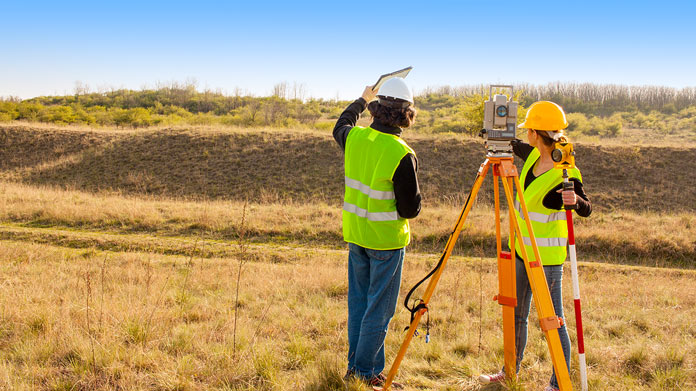Plots, Parcels, and Possibilities: Exploring the World of Subdivision Surveying

Subdivision surveying is a vital aspect of land development that involves dividing a large parcel of land into smaller lots for the purpose of sale, development, or construction. The process of subdivision surveying requires the expertise of licensed surveyors who are skilled in accurately measuring and mapping the boundaries of the land in accordance with local zoning regulations and subdivision ordinances.
One of the key responsibilities of subdivision surveyors is to create detailed maps and legal descriptions of the newly created lots. These maps must clearly define the boundaries of each lot, as well as any easements, setbacks, or other restrictions that may apply. By providing accurate and precise documentation, subdivision surveyors help ensure that each lot is properly defined and can be legally transferred to a new owner.
Another important aspect of subdivision surveying is ensuring that the newly created lots comply with local zoning regulations and subdivision ordinances. This includes determining the size and dimensions of each lot, as well as ensuring that each lot has proper access to roads, utilities, and other essential services. By adhering to these regulations, subdivision surveyors help ensure that the development of the land proceeds smoothly and in compliance with all applicable laws and regulations.
In addition to creating maps and legal descriptions, subdivision surveyors also play a crucial role in resolving boundary disputes and conflicts between property owners. By accurately measuring and marking the boundaries of each lot, surveyors can help prevent misunderstandings and disagreements that can arise when land is being subdivided. In cases where disputes do occur, subdivision surveyors can provide expert testimony and evidence to help resolve the issues and ensure that all parties involved are treated fairly and in accordance with the law.
Subdivision surveying also involves working closely with developers, architects, engineers, and other professionals involved in the land development process. By collaborating with these stakeholders, surveyors can help ensure that the subdivision is designed and constructed in a way that maximizes the potential of the land while also meeting the needs and expectations of the community. This collaborative approach helps ensure that the subdivision is not only legally sound but also practical and sustainable in the long term.
One of the most exciting aspects of subdivision surveying is the potential for innovation and creativity in designing the layout of the land. Surveyors have the opportunity to create unique and efficient subdivisions that maximize the use of space, preserve natural features, and create a sense of community among residents. By carefully planning the layout of streets, lots, and common areas, surveyors can create subdivisions that are not only functional but also aesthetically pleasing and environmentally friendly.
Overall, subdivision surveying plays a critical role in the land development process by creating well-defined and legally compliant lots that can be developed, sold, or constructed upon. By working closely with developers, architects, engineers, and other professionals, surveyors help ensure that the subdivision is planned and executed in a way that benefits both the community and the environment. Through their expertise and attention to detail, subdivision surveyors help transform plots of land into parcels of possibility, where new homes, businesses, and communities can take root and thrive.